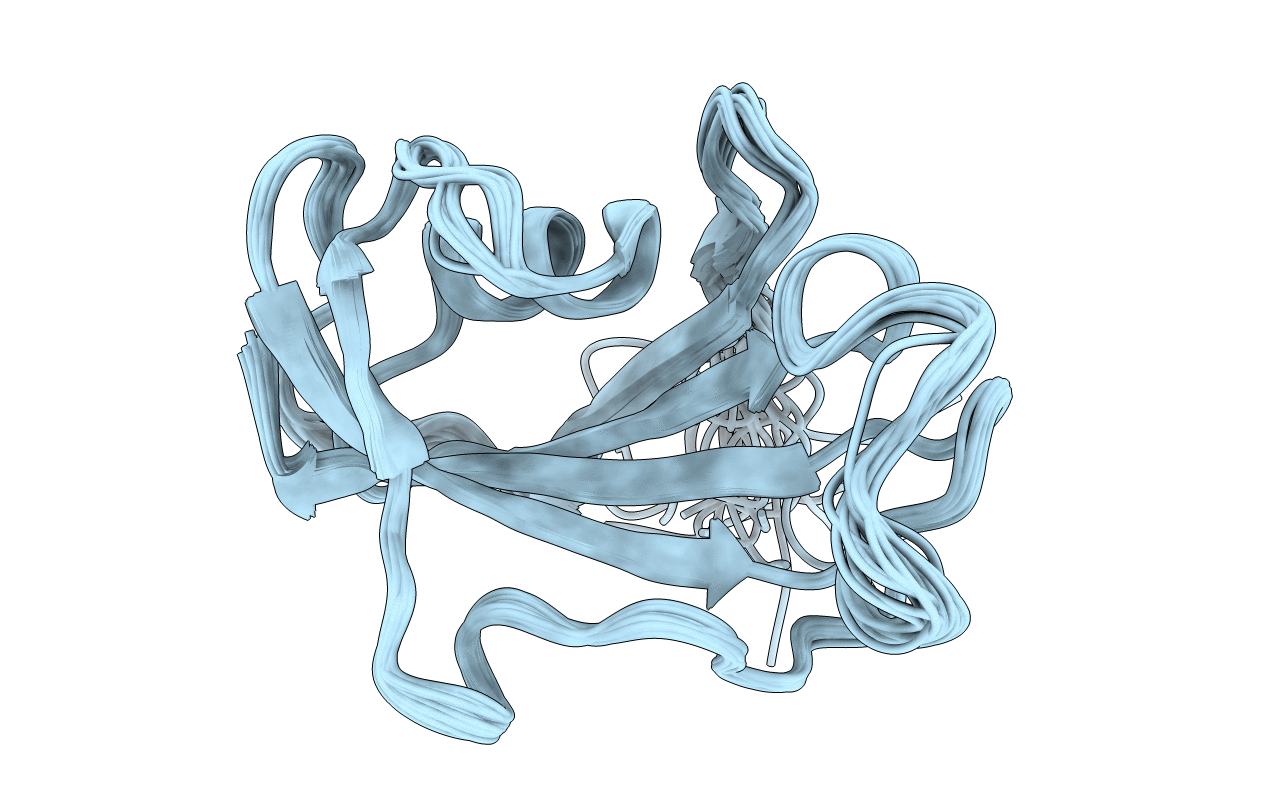
Deposition Date
2009-01-21
Release Date
2009-03-03
Last Version Date
2024-05-01
Entry Detail
PDB ID:
2KE0
Keywords:
Title:
Solution structure of peptidyl-prolyl cis-trans isomerase from Burkholderia pseudomallei
Biological Source:
Source Organism:
Burkholderia pseudomallei (Taxon ID: 28450)
Host Organism:
Method Details:
Experimental Method:
Conformers Calculated:
100
Conformers Submitted:
20
Selection Criteria:
structures with the least restraint violations


